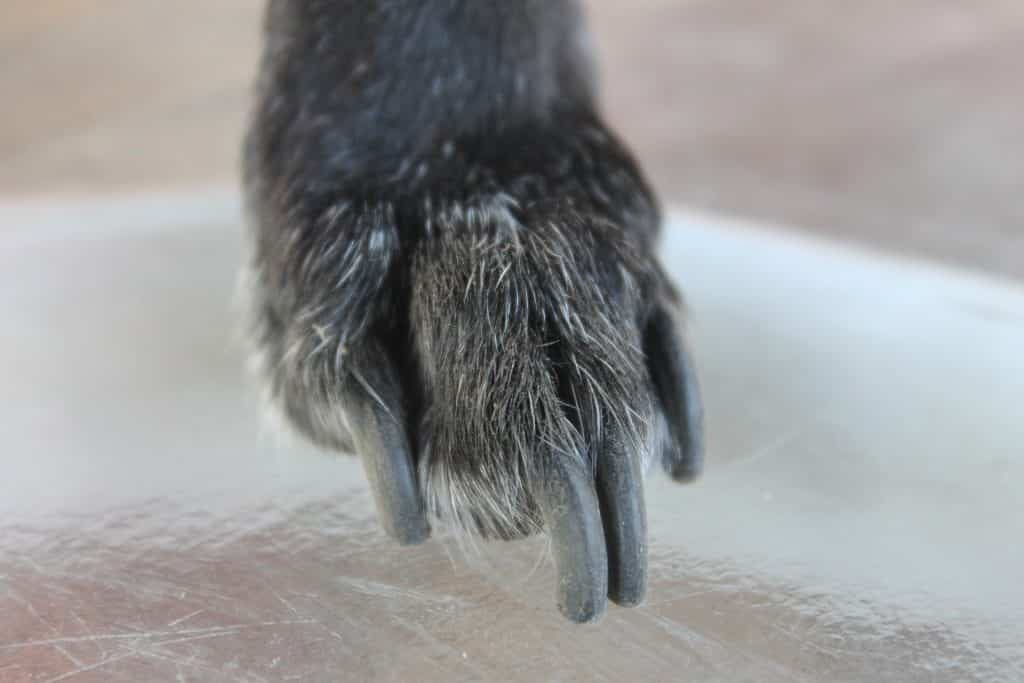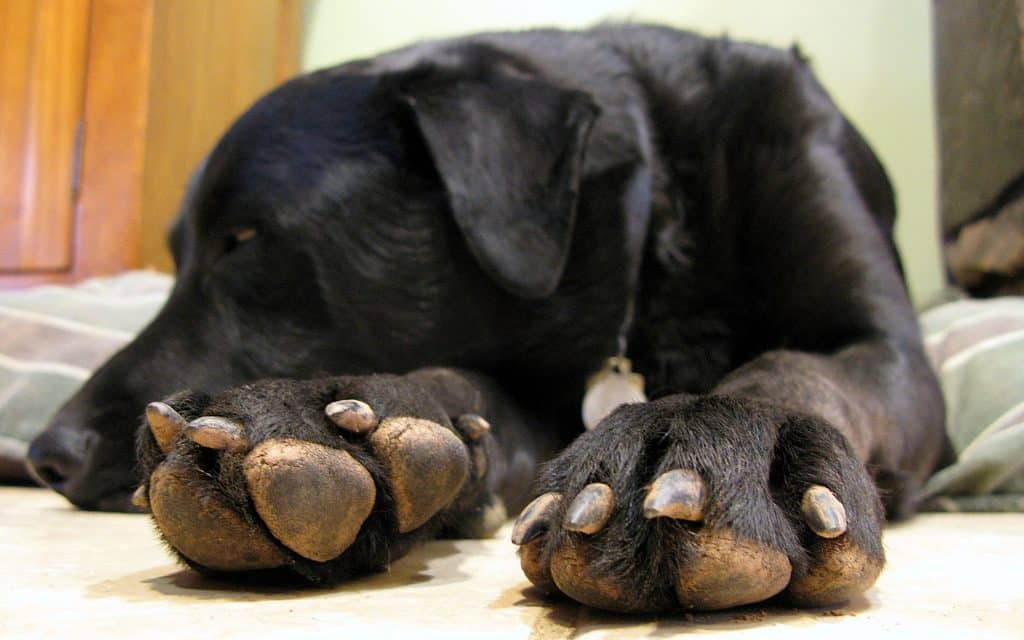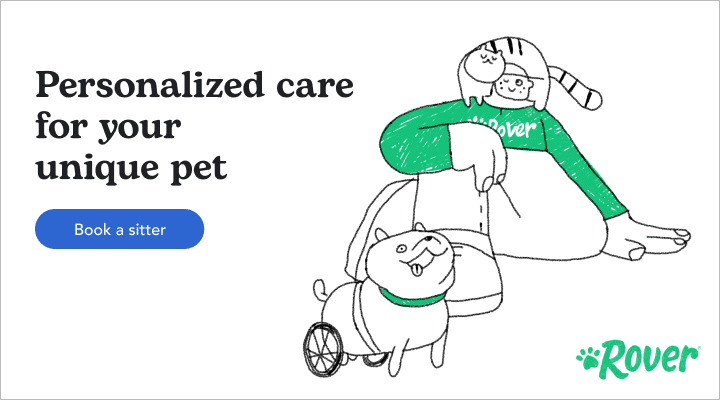- Not a substitute for professional veterinary help.
Are you familiar with “the click?” Maybe it’s a comforting click that reminds you your beloved dog is in the room. Or maybe it’s an irritating click that reminds you of scratched hardwood and challenging chores.
“The click,” of course, is the sound dogs’ toenails make when they’re long enough to tappity-tap across the floor. For many dogs, it’s an indication that it’s time for a nail trim.
If “the click” is a familiar sound in your household, don’t worry. We’re here to explain how often dogs need their nails trimmed. We’ll also give you some tips for how to get the job done with minimal stress.
Why it’s important to trim your dog’s nails
I’ll be honest: I’ve been lazy about trimming my dogs’ nails in the past. Unfortunately, it led to some minor injuries, including a torn dew claw. My poor dog had to be anesthetized so the vet could safely remove and cauterize his torn nail. It wasn’t fun for either one of us.
Trimming your dogs’ nails protects them from potential injury and infection. Long nails catch easily and can break or tear, causing pain and veterinary expense like I experienced. And even if they don’t cause injury, too-long nails can quickly become uncomfortable.
According to the Andover Veterinary Hospital, overgrown nails can actually change the way your dog moves and carries themselves. Over time, the force of walking on their nails causes the bones in their feet to adjust and puts pressure on their joints. It can lead to significant joint pain and even cause arthritis.
Thankfully, trimming your dog’s nails is a simple addition to your regular dog grooming routine. It’s also a routine task for dog groomers if you’re not comfortable doing the trimming yourself.
How often should you trim your dog’s nails?
According to the ASPCA, a dog needs a nail trim when their toenails “just about touch the ground when he or she walks.” If your dog’s nails are getting snagged on the carpet or clicking across the linoleum, it’s time for a trim.
As far as how many weeks to wait between nail trims, the answer is a bit more complex. After all, different dogs’ nails grow at different rates. What’s more, some dogs wear down their nails through regular activity and need less-frequent trims.
In general, how frequently you should trim your dog’s nails depends on their lifestyle and activity level. City or suburban dogs that regularly walk on pavement are grinding their nails down naturally day to day, so they may not need frequent trims. On the other hand, even super-active country dogs need bi-weekly or monthly nail trims because their grass- or dirt-covered walks don’t wear down their nails.
Puppies need more frequent nail trims
Puppies need more frequent nail trims than adults because their nails are growing at a faster rate. Have you ever been scratched by a puppy? Those adorable little nails are sharp! In general, it’s best to trim your puppy’s nails a little bit every week.
Another important reason to trim your puppy’s toenails weekly: it trains them to tolerate having their feet touched. The more you get your paw on their claws when they’re little, the easier it will be to trim their nails when they’re grown up.
What to do with extra-long dog nails

via Pixabay
Monthly nail trims are appropriate for adult dogs whose nails are already in decent shape. However, if your dog has extra-long claws that haven’t been cut in some time, they’ll need more frequent nail trims to start.
Extra-long nails come with extra-long quicks, and it’s not safe (or pleasant) to cut down the quick all at once. Instead, start cutting your dog’s nails a little bit each week. By very gradually trimming the nail close to the quick, you encourage the quick to shrink back.
How to trim your dog’s nails (or hire someone to help)
Although it can be intimidating at first, trimming your dog’s nails is a fairly simple process. For detailed instructions, read our blog post about how to trim your dog’s nails.
If you need a little help, reach out to a groomer or ask your vet to include a nail trim at your next appointment.
Finally, if your dog is truly fearful about having their nails trimmed, and is at risk of injuring themselves in the process, call the vet. Your friendly vet techs will take care of the job safely and quickly, and you won’t have to be the bad guy with the clippers.








